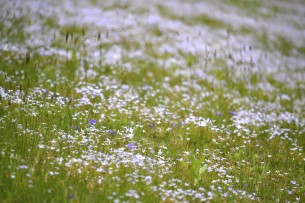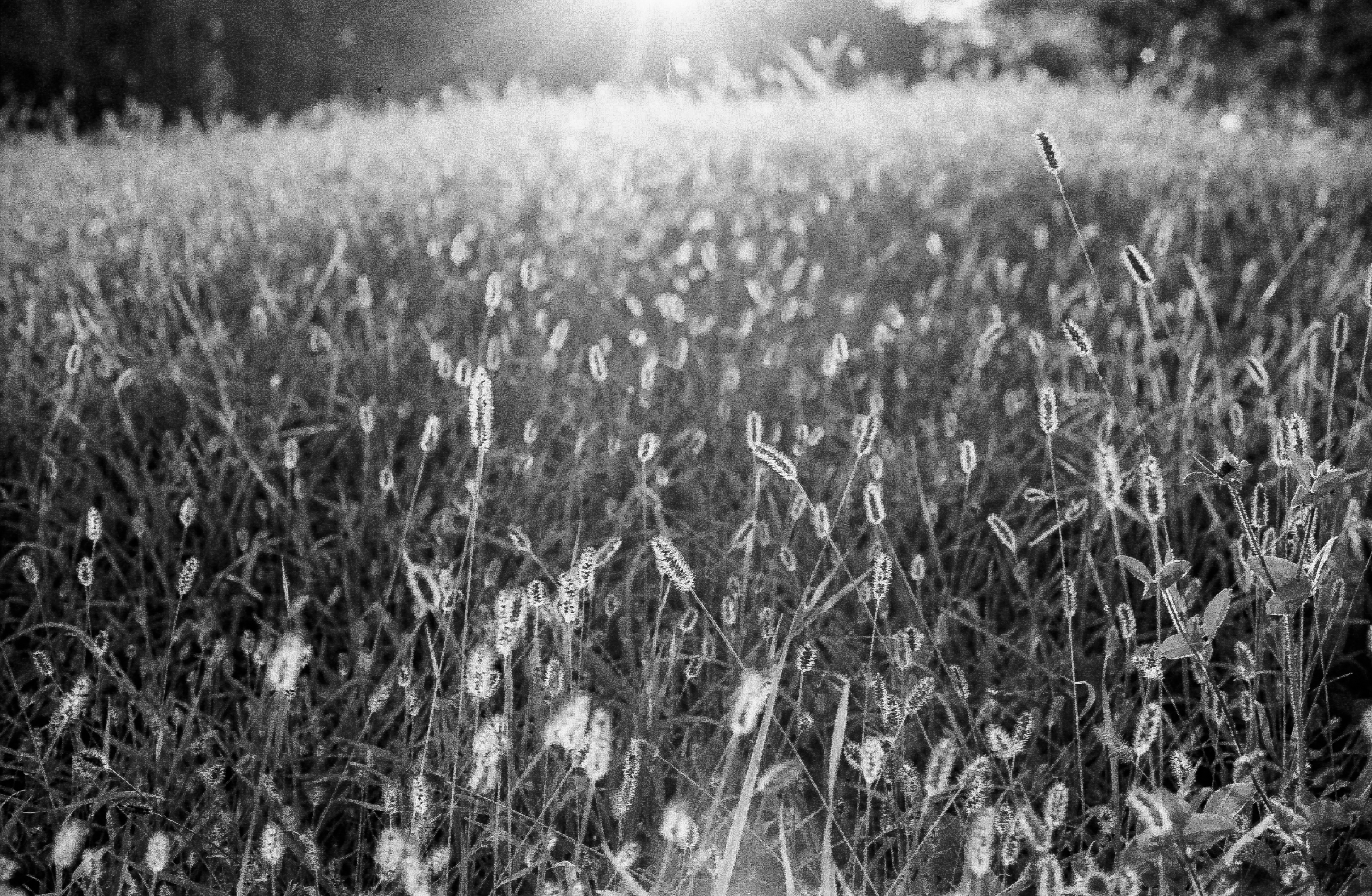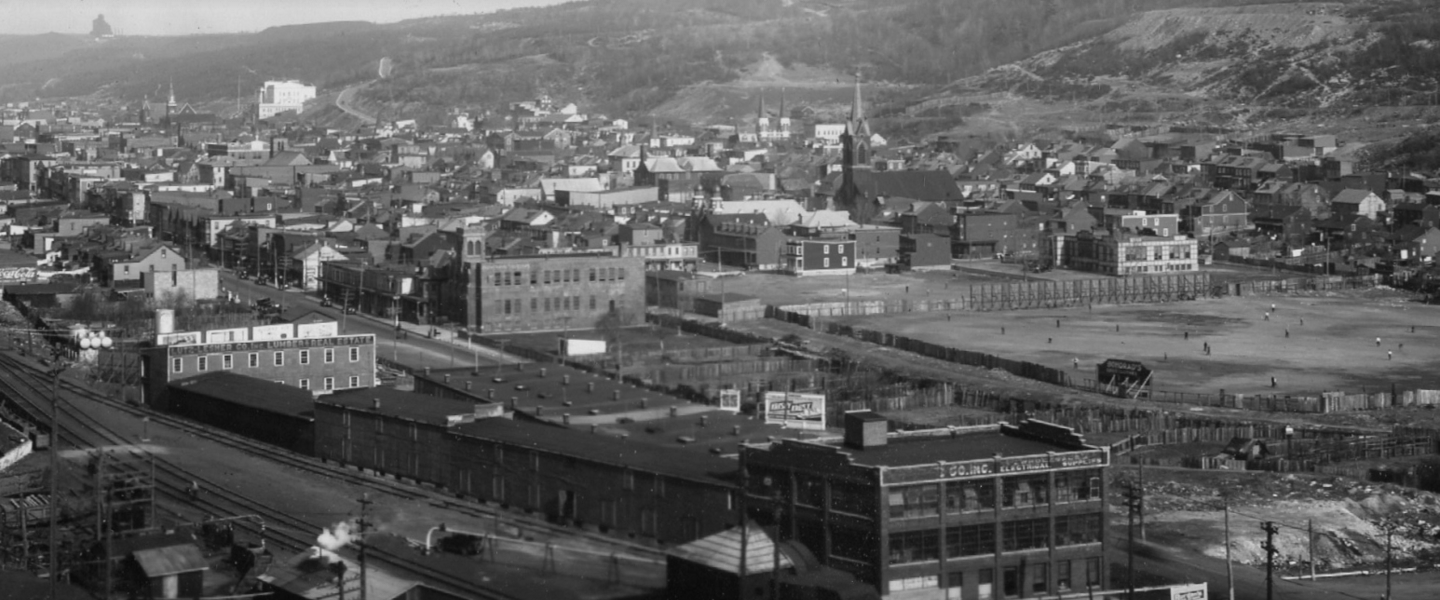Category: Coal Region Projects
-

Coal Region Landscapes Field Trip
On October 3rd, the Place Studies Program co-sponsored a field trip led by Professor Ben Marsh through the hard coal mining region immediately southeast of Bucknell University. The field trip was a compilation of class and professional field trips that have been run over the years, and was also sponsored by the Environmental Studies Program…
-

Mother Kaupas Center Updates: Summer Projects 2015
Jennifer Silva and Jesse Scheimreif’s Research Project This summer, Professor Jennifer Silva worked with her research assistant Jesse Scheimreif ’16 on a study concerning identity and community in the coal region. They were interested in engaging with the local community by interviewing older residents about how the community has evolved over the years. They also…
-

The Emil Kubek Project
The Emil Kubek Project is a scholarly resource that pays homage to the works and memory of Father Emil Kubek (1857-1940), one of Mahanoy City’s (PA) most prolific writers. The project was created in the summer of 2015 by Professor Nick Kupensky (Comparative Humanities and Russian Studies, Bucknell University), and Erin Frey ’17 (Comparative Humanities,…